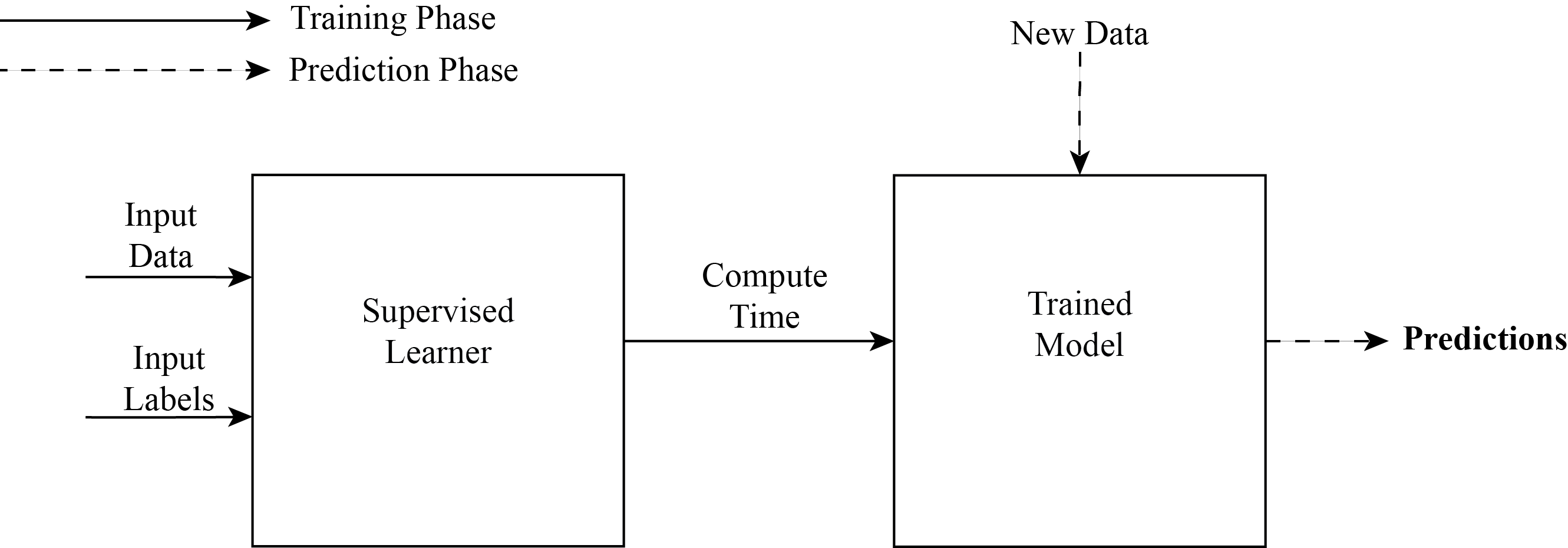Aaron Kaufman
Presidential Studies Quarterly
The executive branch produces huge quantities of text data: policy-driving documents such as executive orders, national security directives, and agency regulations; procedural documents such as notices of proposed rule-making, meeting transcripts, and presidential daily schedules; and public relations documents including press releases, veto statements, and social media posts. Political science is increasingly turning to methods of automated text analysis to rigorously interrogate such corpora. These tools have proved invaluable to scholars of the judiciary, the legislature, and of political behavior; they hold great promise for the study of the presidency and bureaucracy. These methods’ value lies in measuring complex, nuanced, yet theoretically critical quantities of interest like power, agenda setting, policy significance, ideology, and diplomatic resolve: by categorizing individual documents into a researcher-defined schema, automated text methods produce large-N data sets with fine temporal granularity. Recent work using text analysis to study unilateral actions illustrates these methods’ promise for upturning conventional wisdom, settling long-standing debates, and illuminating new puzzles in executive politics in the United States.
